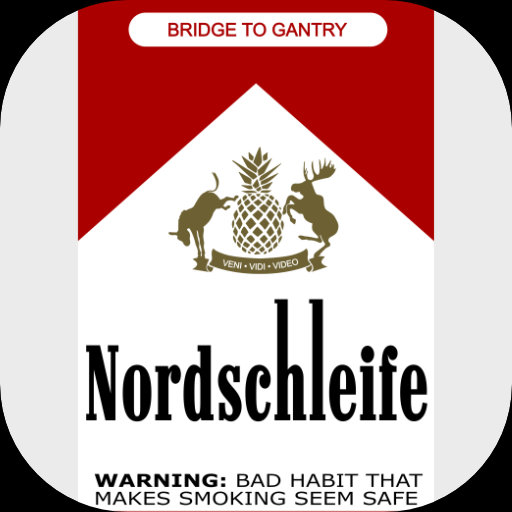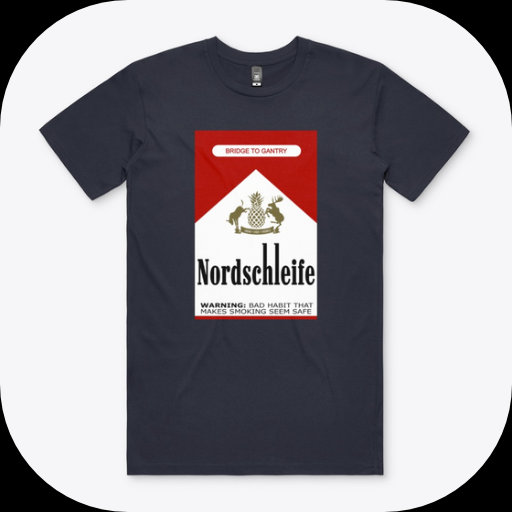Over Christmas, the Nürburgring released some interesting data over their social media channels: a percentage breakdown of traffic over the Nordschleife by nationality. Of course, German plates made up the majority (more about that in a moment), but the biggest surprise to me was the 10% of traffic using UK plates!
For an iconic German circuit like the Nürburgring Nordschleife, you’d expect local traffic to dominate, and it does, to an extent. But the data tells a fascinating story. While 57.4% of vehicles were German-plated, one in every ten laps was driven by a car with British plates. That’s an incredible statistic, considering the UK is separated by the English Channel, Brexit borders, and requires a ferry or Eurotunnel trip just to reach the continent.

I guess I shouldn’t be surprised, since British have a long-standing love affair with the Nürburgring, and I’m not even going to talk about Clarkson et al. As an ex-pat Brit living near the Nürburgring, I see this enthusiasm mirrored in an unproportional UK presence both in trackday organisation and the industry. UK-based companies like Circuit Days and Destination Nürburgring organize a significant chunk of those limited trackday slots each year. And British influence extends to the local industry zone too, with established test centers for Aston Martin and Jaguar, as well as aftermarket firms like Milltek Sport exhausts from Derby. British representation is actually remarkably strong both on and off the track.
That’s why it’s not uncommon to see convoys of British-plated cars streaming through the Eifel mountains before the big public weekends, Green Hell Driving Days, or any of the trackdays.




And just as surprising as the UK’s numbers is the fact that only 57.4% of traffic was German-plated. Why is that surprising? Because a significant proportion of those German plates are unlikely to belong to German drivers. Many will be rental cars used by international visitors, sourced from local firms or major airports, highlighting how much of the Nürburgring’s draw comes from beyond Germany’s borders.
I don’t know what proportion of those German plates are likely rental cars being driven by international visitors, but it will be a lot. Just guessing here, but on any given day, it’s possible that up to 100 German-plated cars on the track are rentals, sourced from companies like Rent4Ring and Ringfreaks, and half-a-dozen more local firms. Add to this 10 licensed Taxis that could be lapping at any moment, all on German plates, and finally the dozens of airport rentals from hubs like Frankfurt, Cologne, and Munich, and the story gets harder to decipher.
Should we even talk about the hundreds of dedicated ringtools, purpose-built nordschliefe cars, normally kept locally, running local plates, but being financed and driven by foreigners? Those cars also do a disproportionate number of the total laps driven each year!
My guess is that this data was likely collected using Automatic Number Plate Recognition (ANPR) systems at the track entrance, or from the sound cameras, or maybe even the Fujitsu safety camera. All of these system have the capability to read numberplates. While ticket sales or account data could theoretically be used, they’d struggle to capture the nuances of car-sharing or group bookings.
France, the Netherlands, and Switzerland follow the UK in the rankings, with 5%, 4.8%, and 4.2% respectively. Smaller countries like Luxembourg, Belgium, and even Spain also contribute notable percentages.
The data also leaves 6.3% unaccounted for, representing nations that didn’t make the top ten. This could include smaller European countries like Norway, Denmark or Sweden (all of whom I feel are actually strongly represented here).
In the end, I guess this leaderboard isn’t just a statistic, it’s a snapshot of the Nürburgring’s unique status as both a German treasure and an international pilgrimage. For German enthusiasts, it’s their backyard playground, and they should be rightfully proud, but for the rest of the world, it’s a dream destination that people will cross continents to experience.




